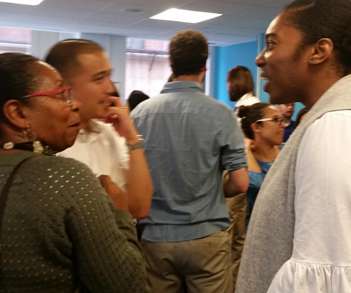An Evolution of Evaluation in Grantmaking With a Participatory Lens
sgEngage
OCTOBER 9, 2023
Power Imbalance in Traditional Evaluation As grantmakers, we tend to monitor and evaluate our strategies and programs using metrics that we deem important. On its face, evaluation seems like a neutral activity, designed to help us understand what’s happened, and to change course where needed. Who decides what is measured?



















Let's personalize your content